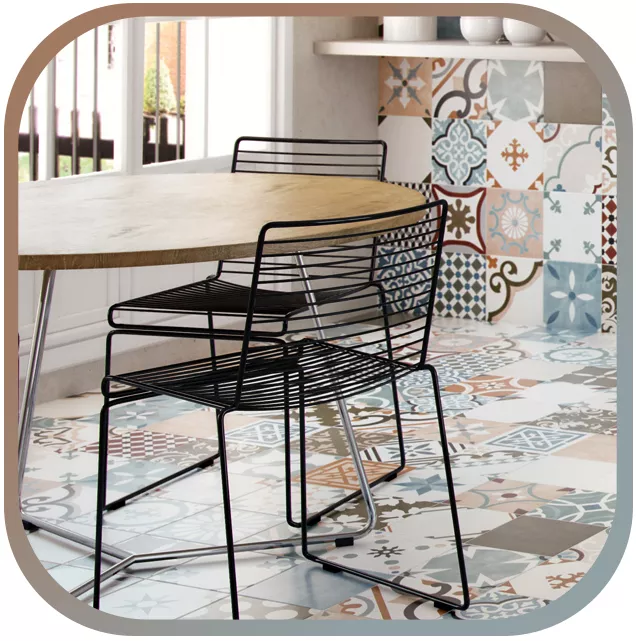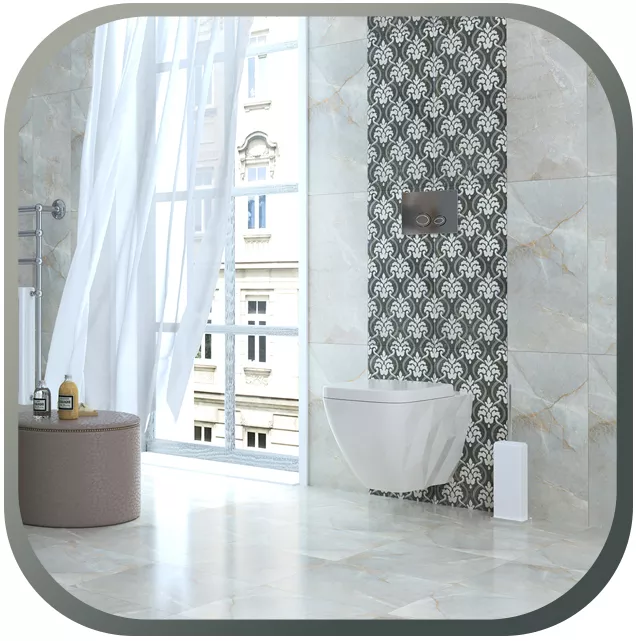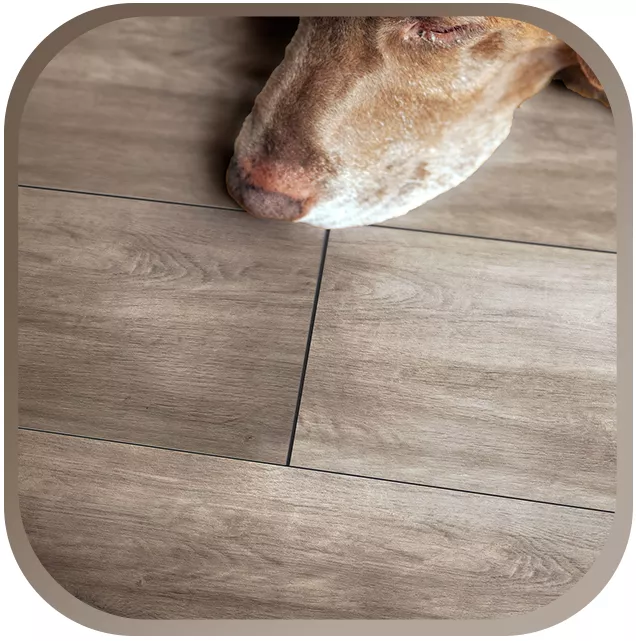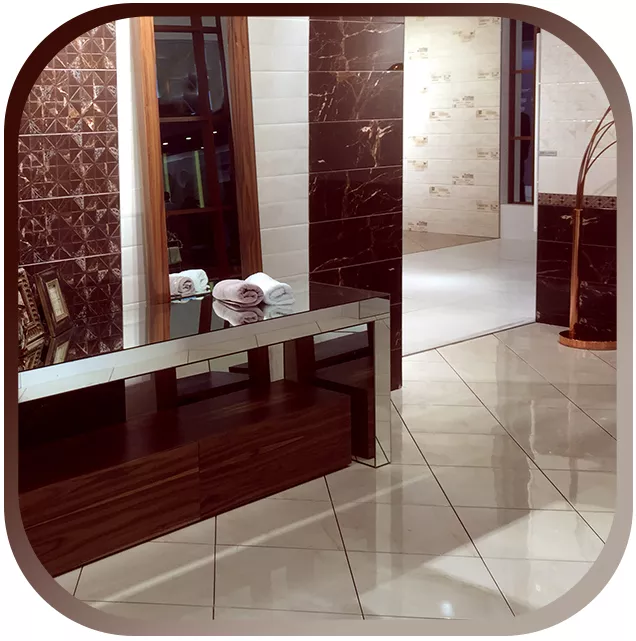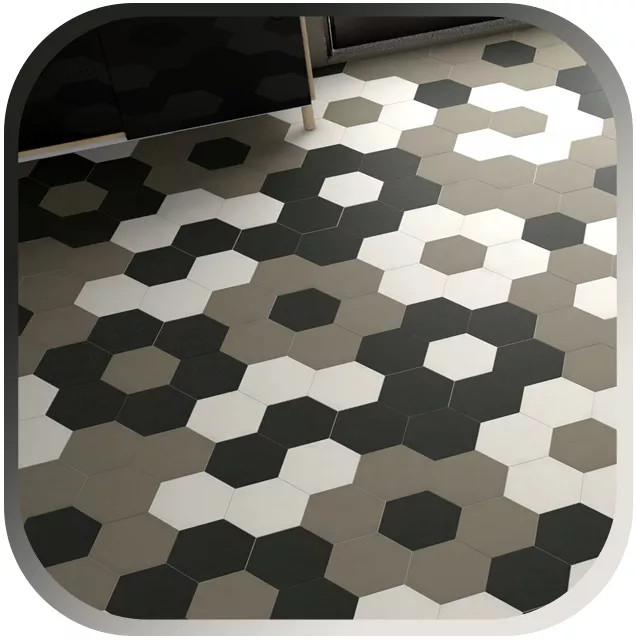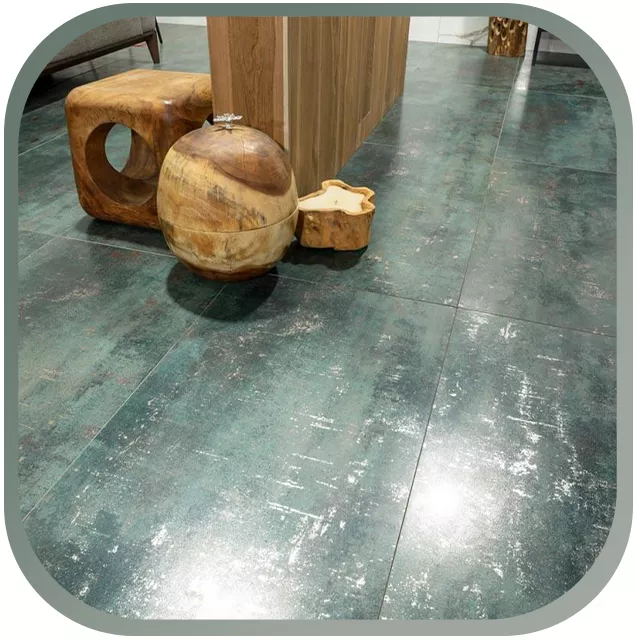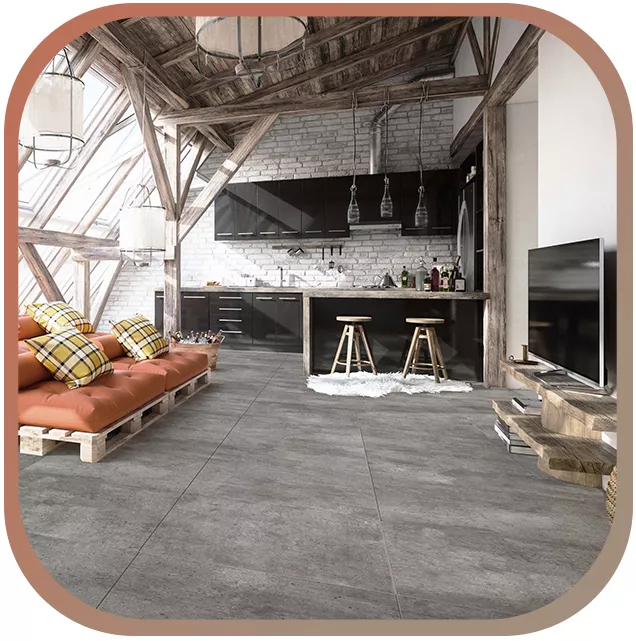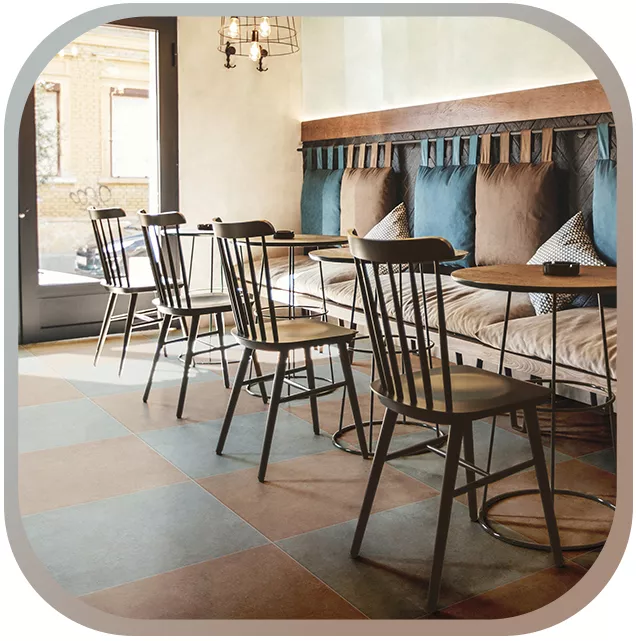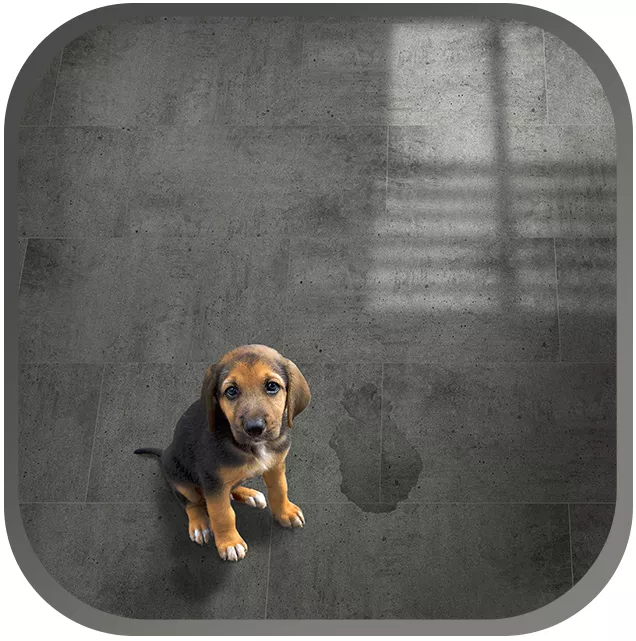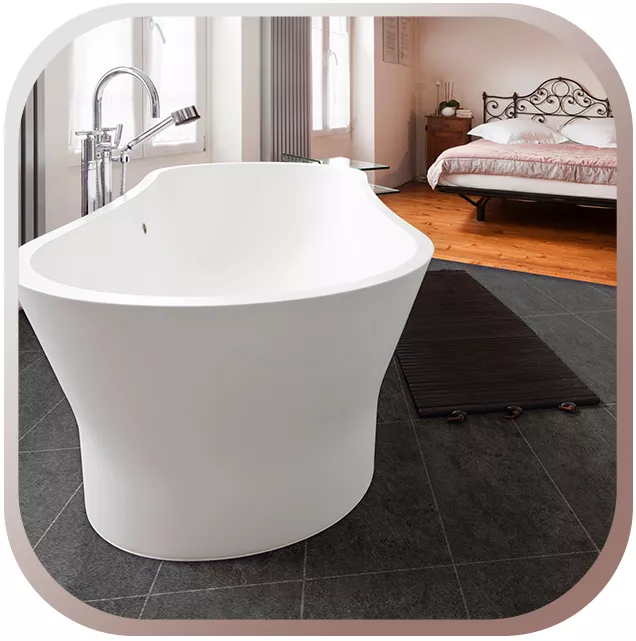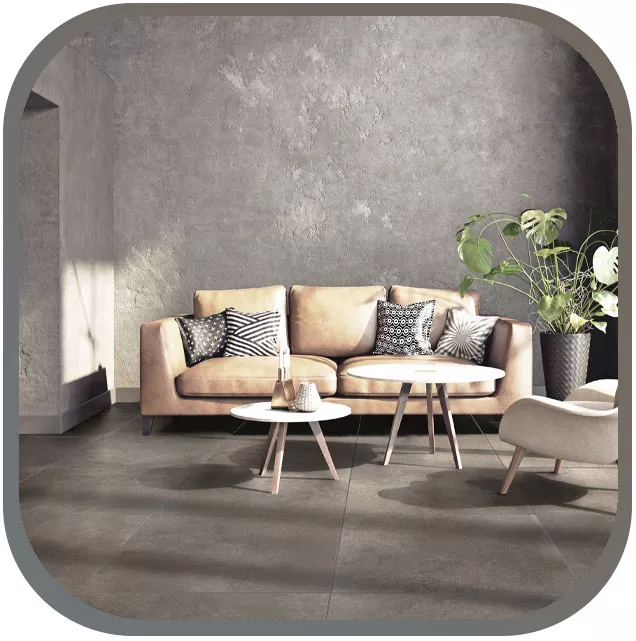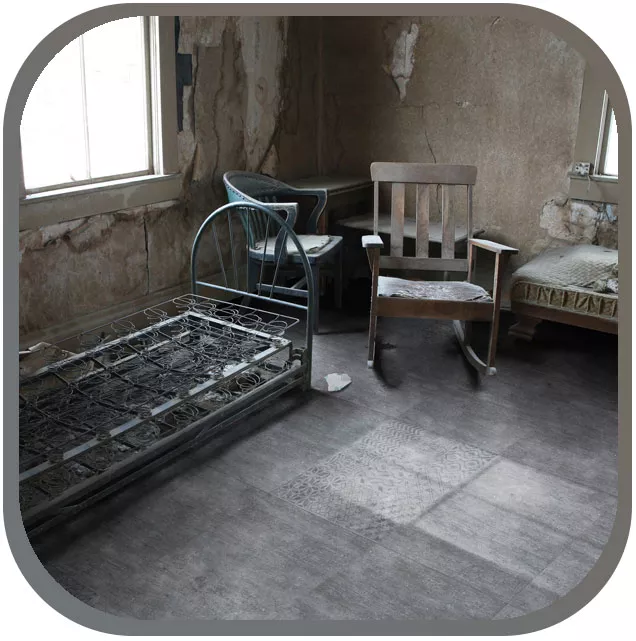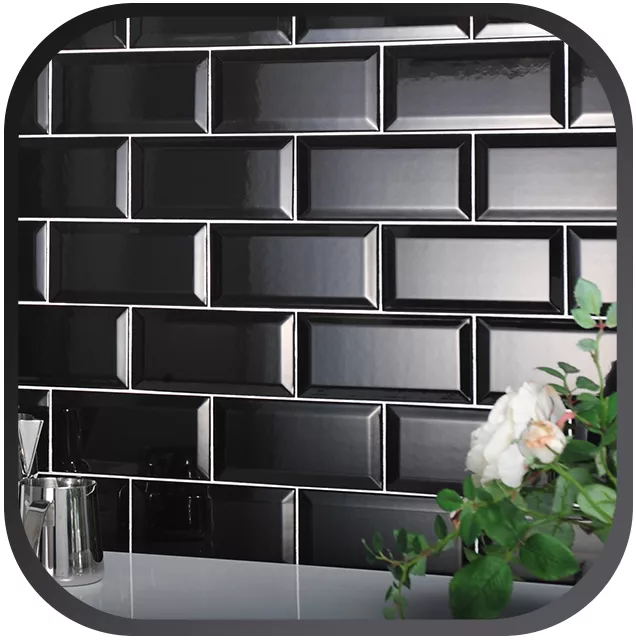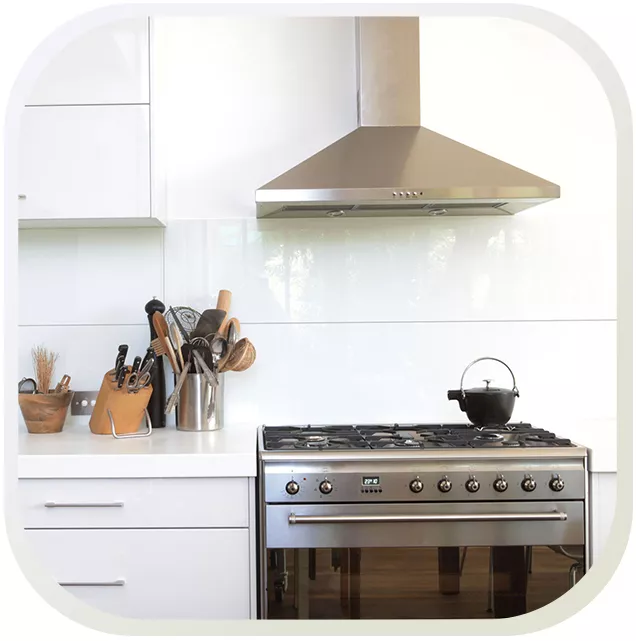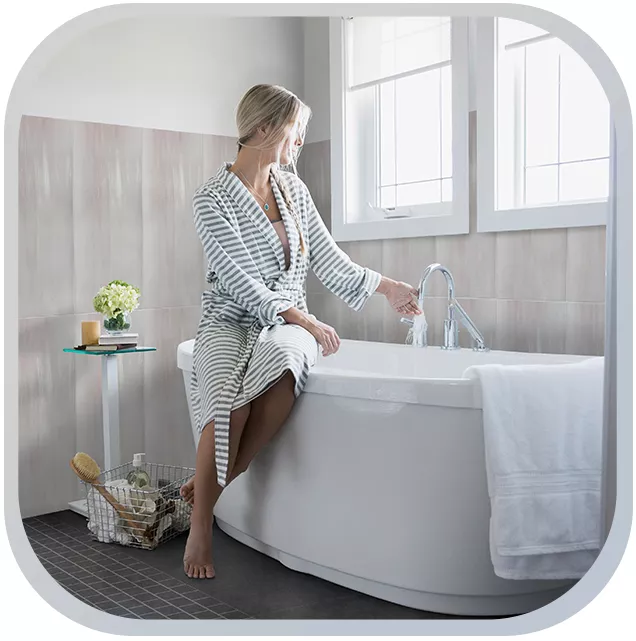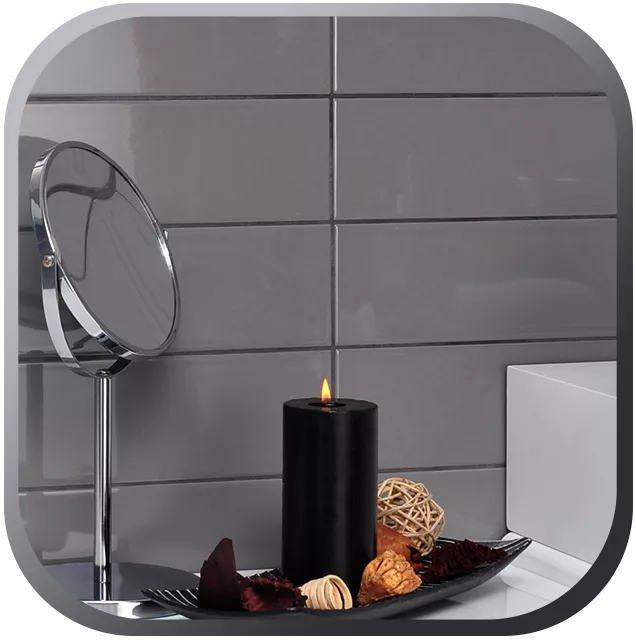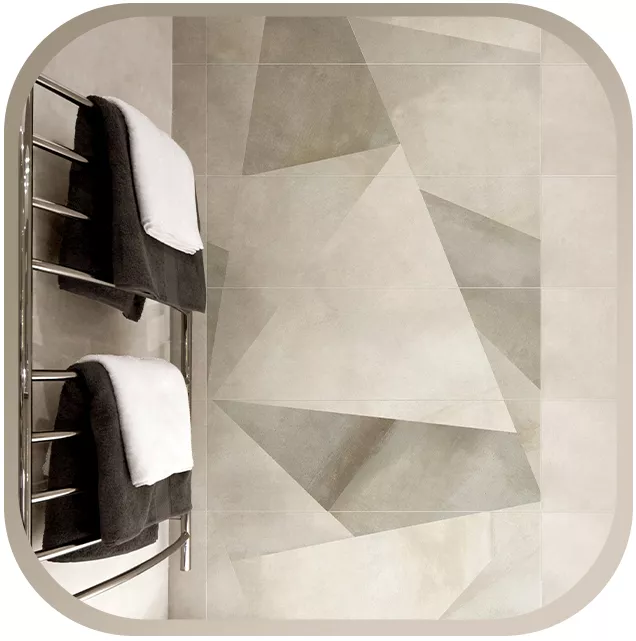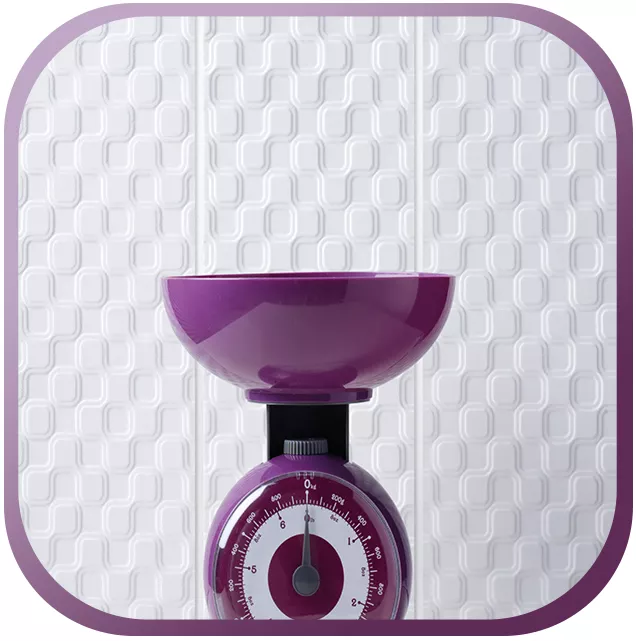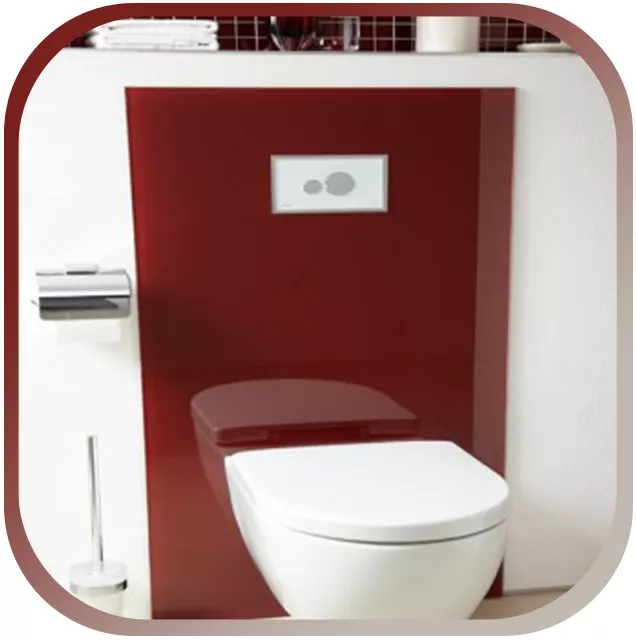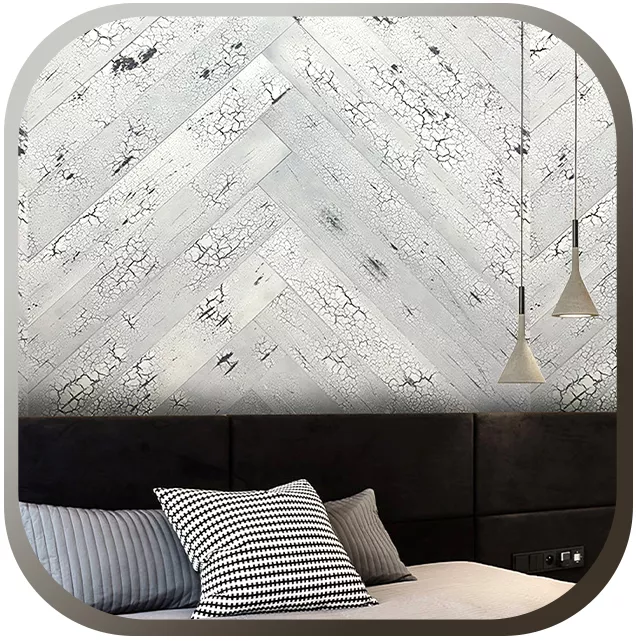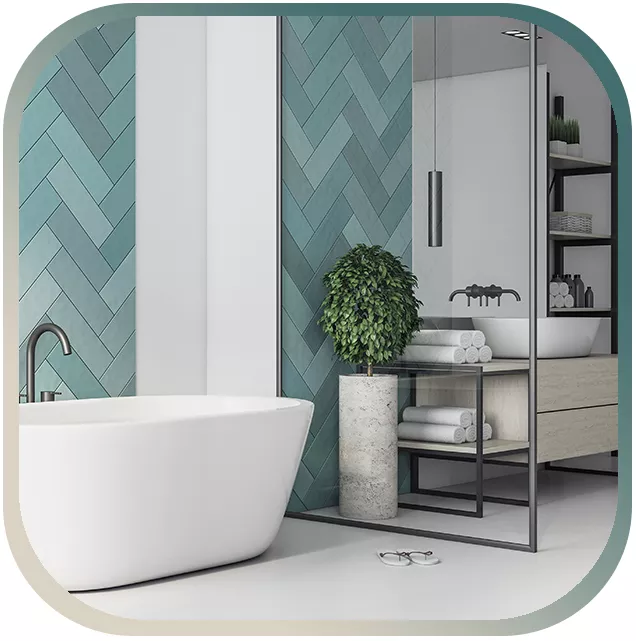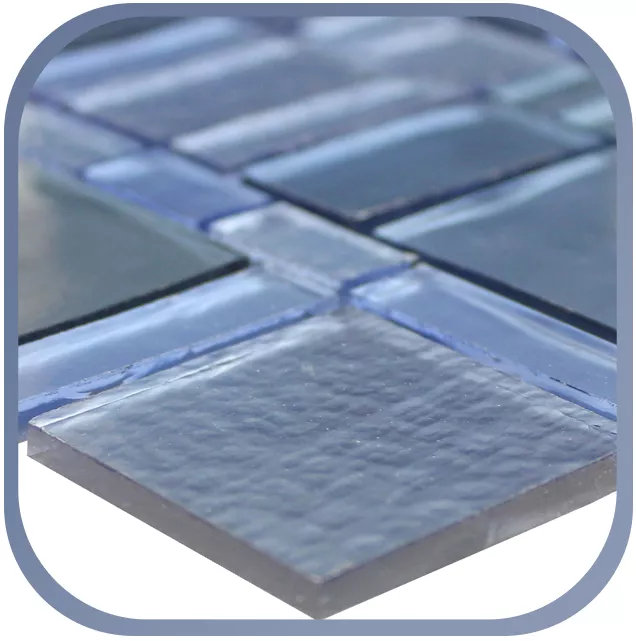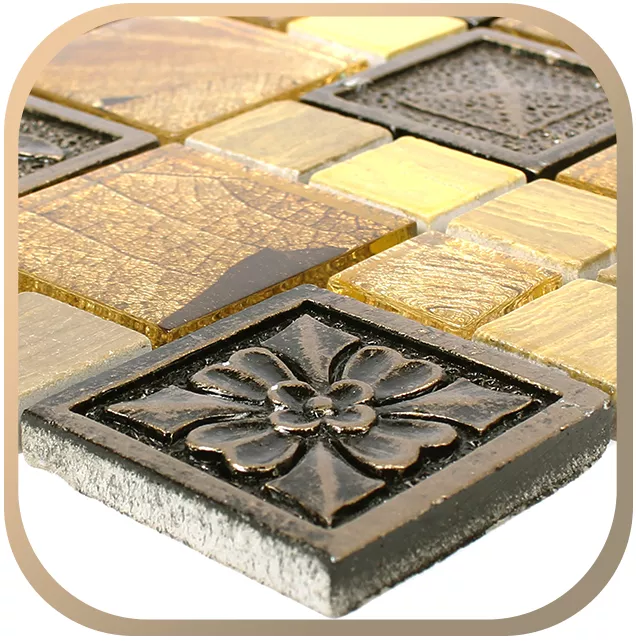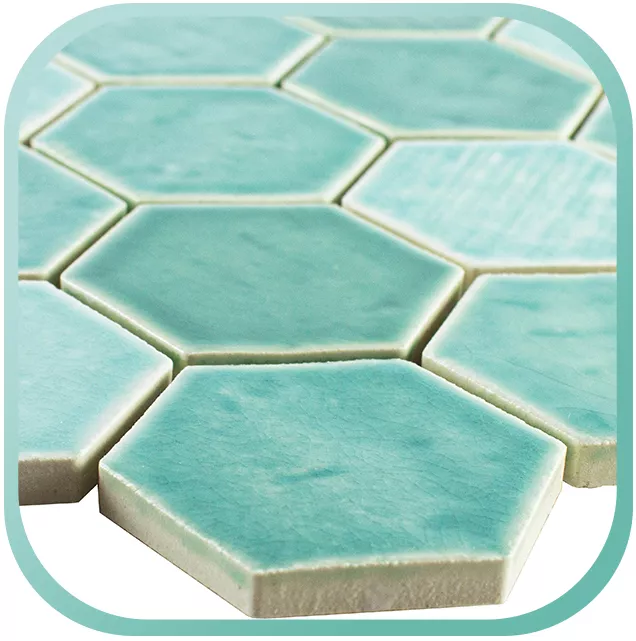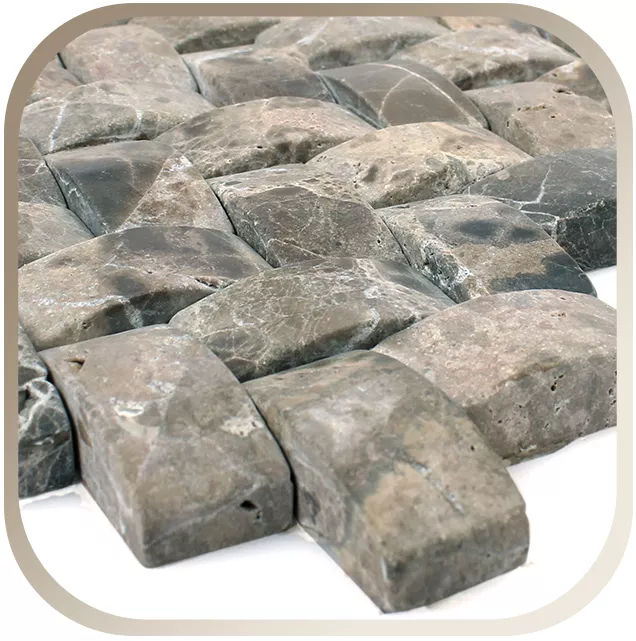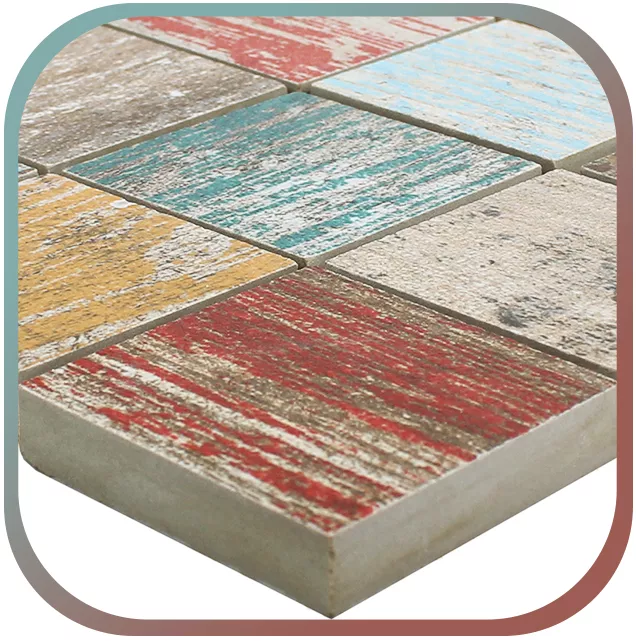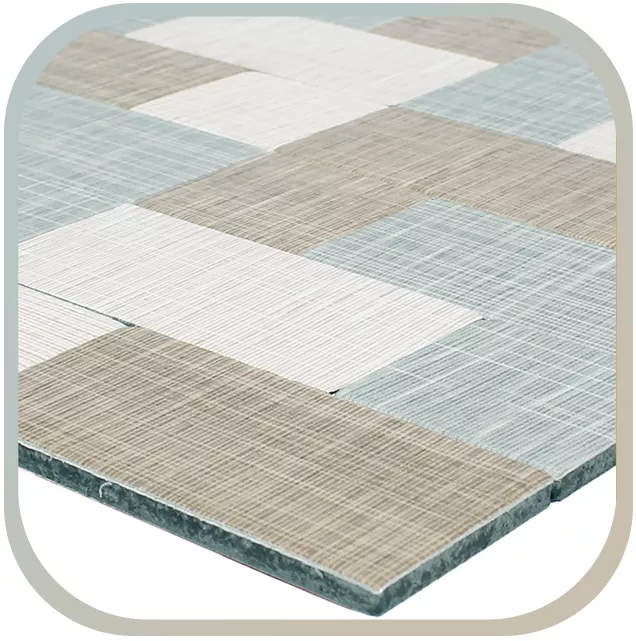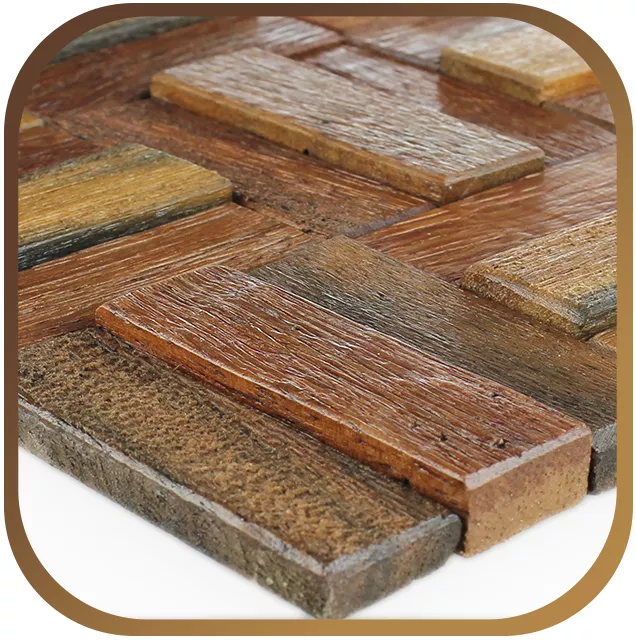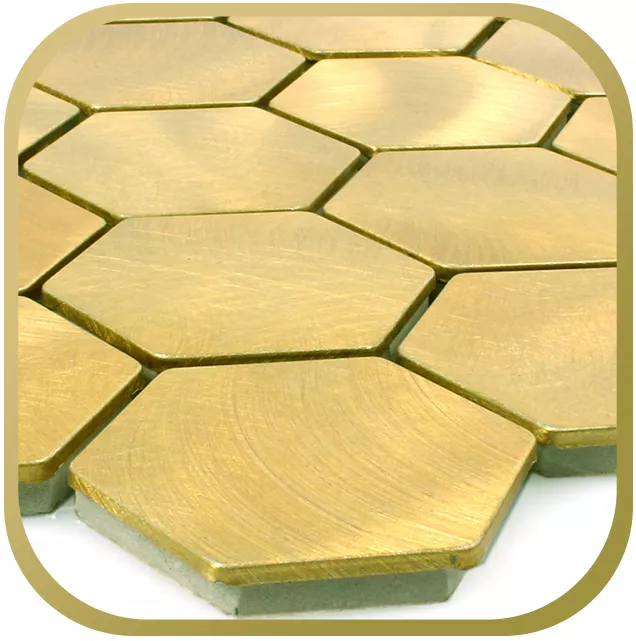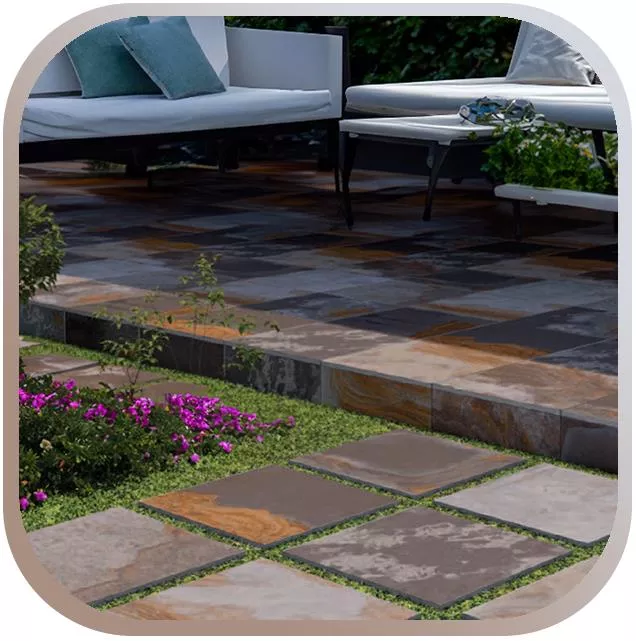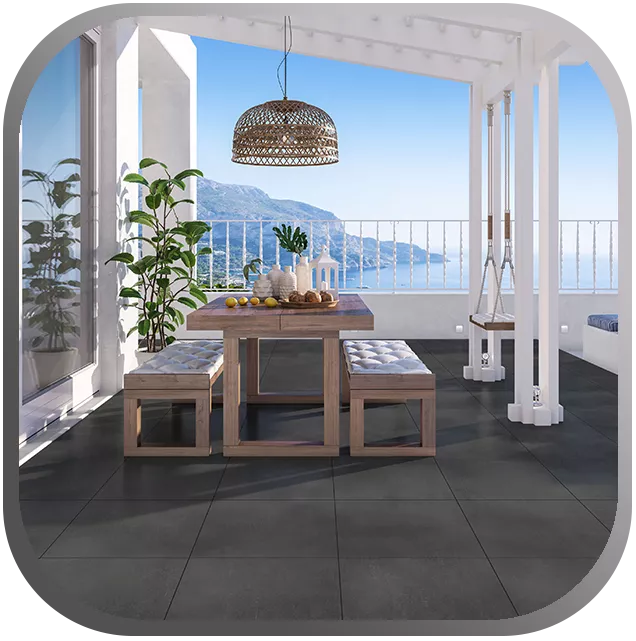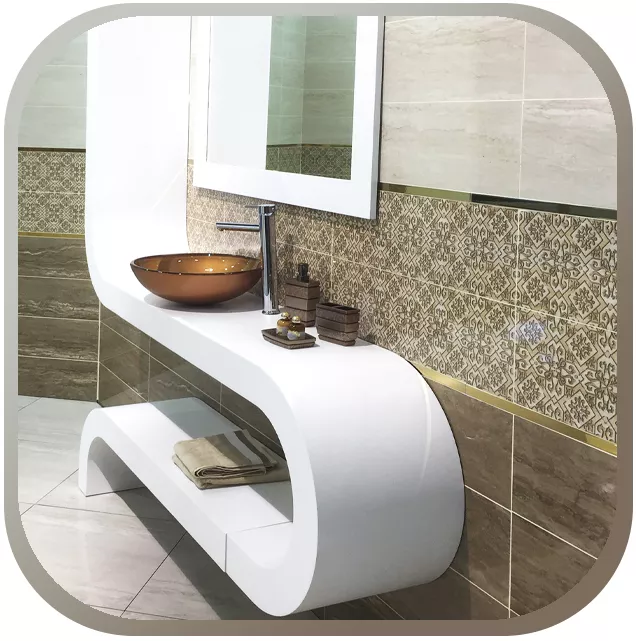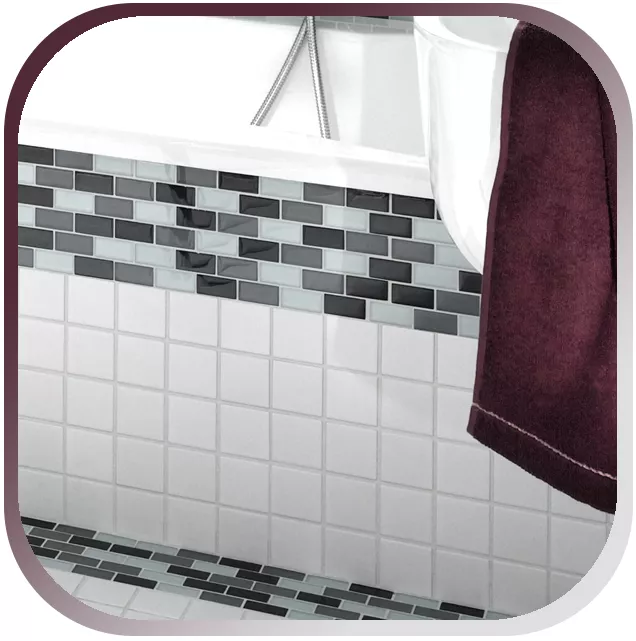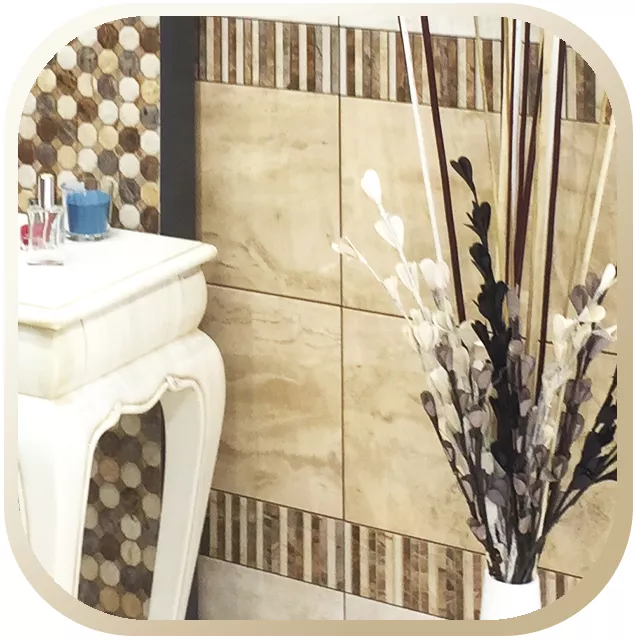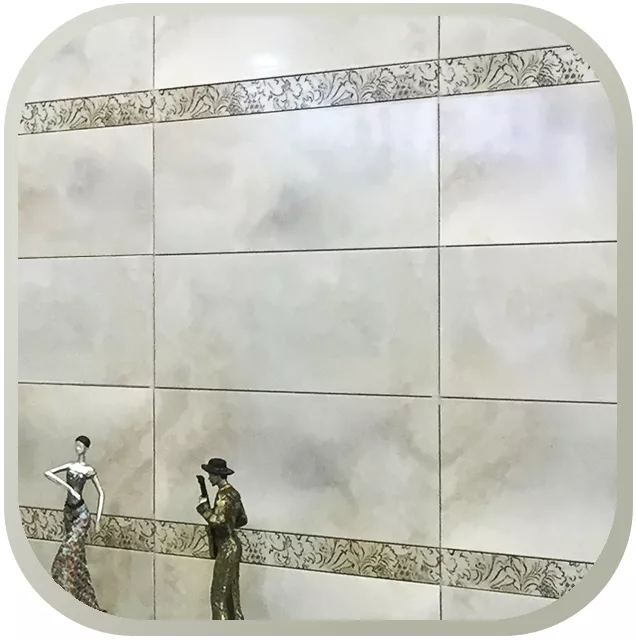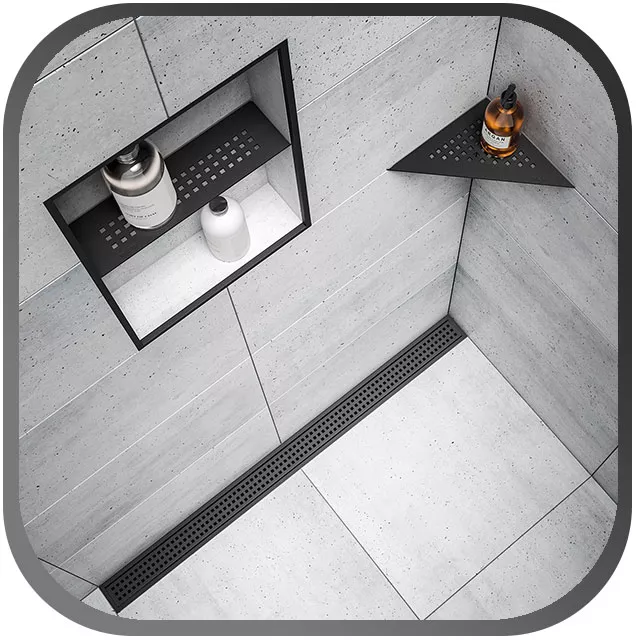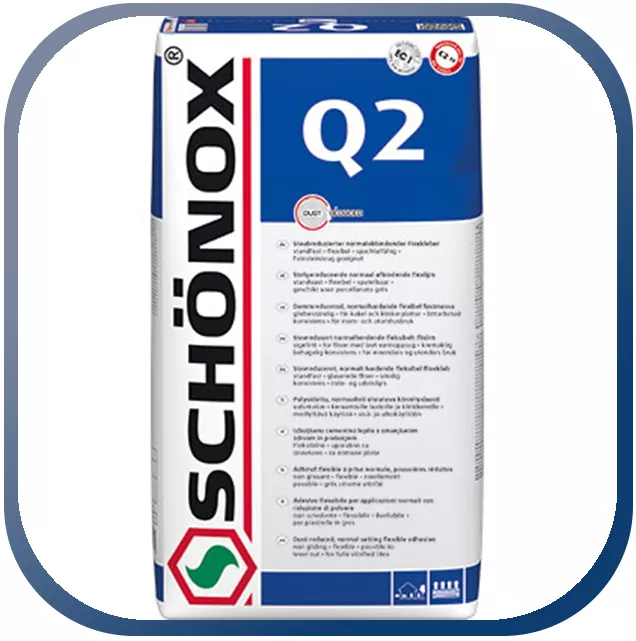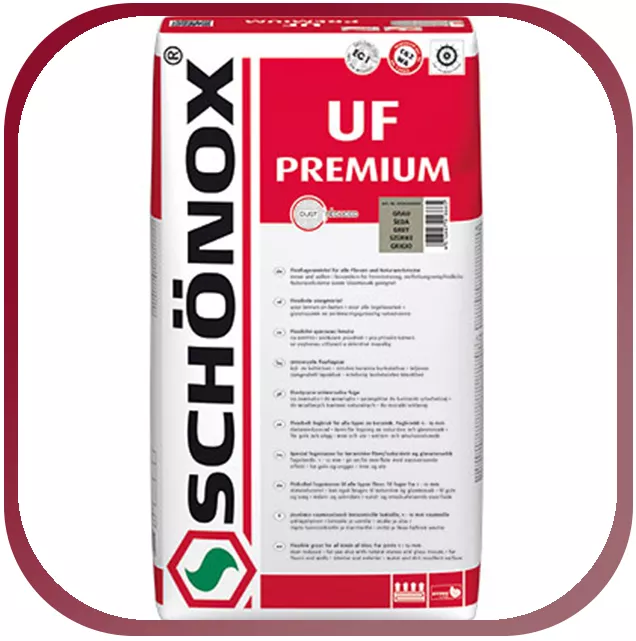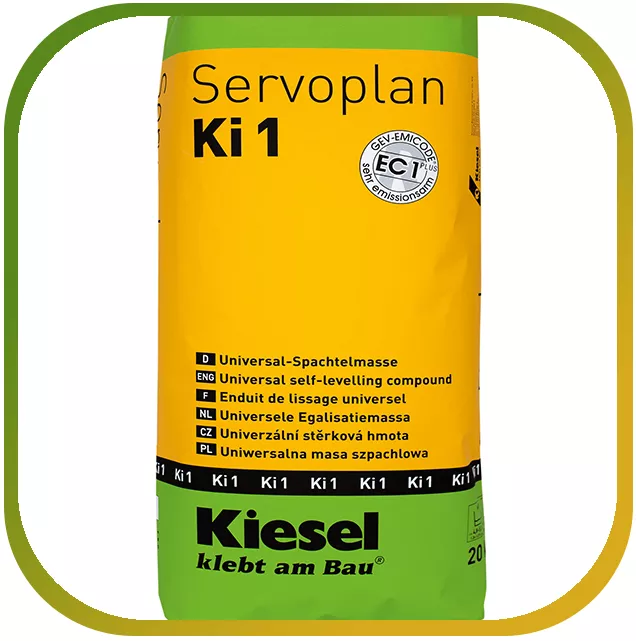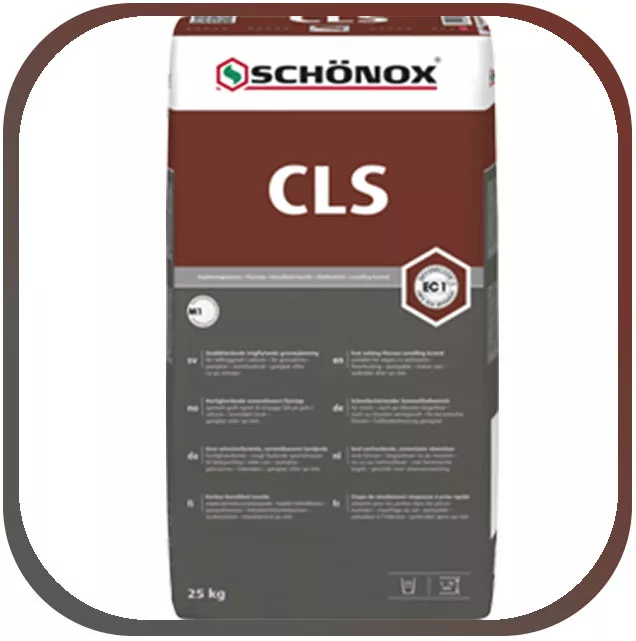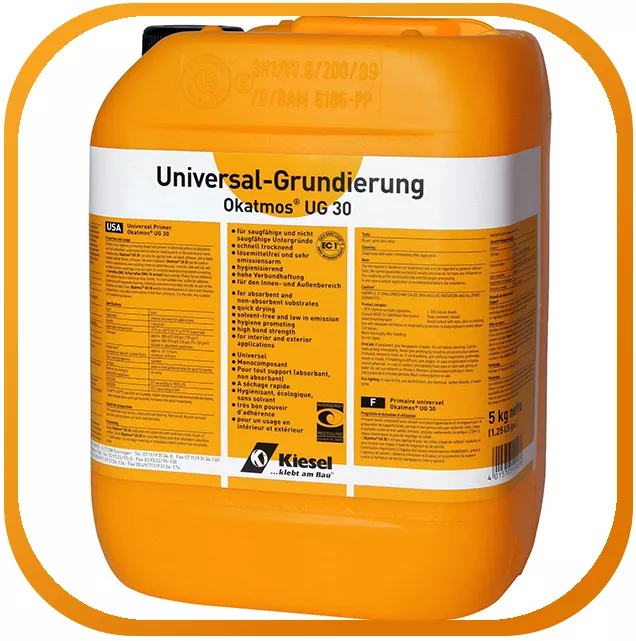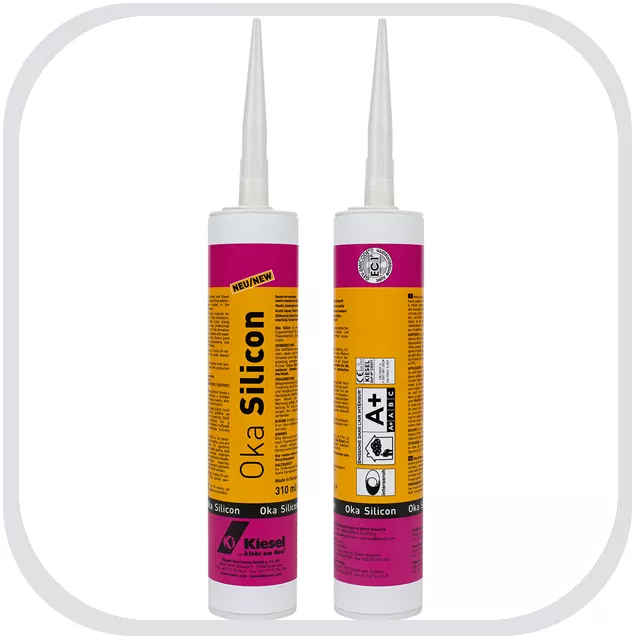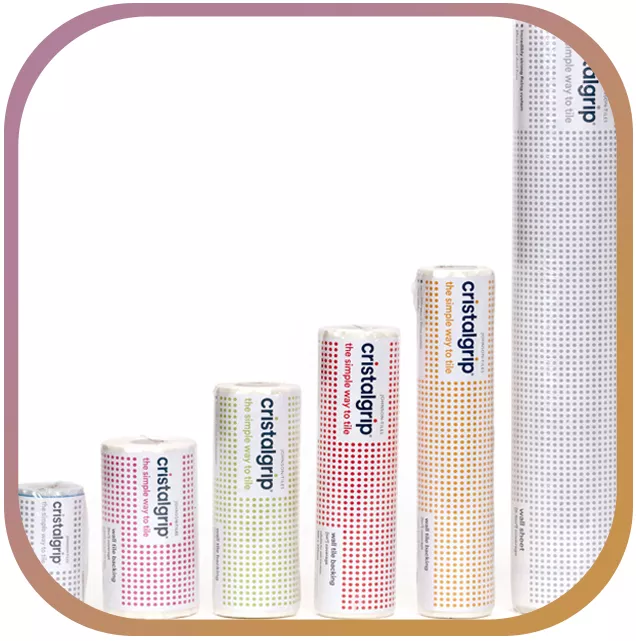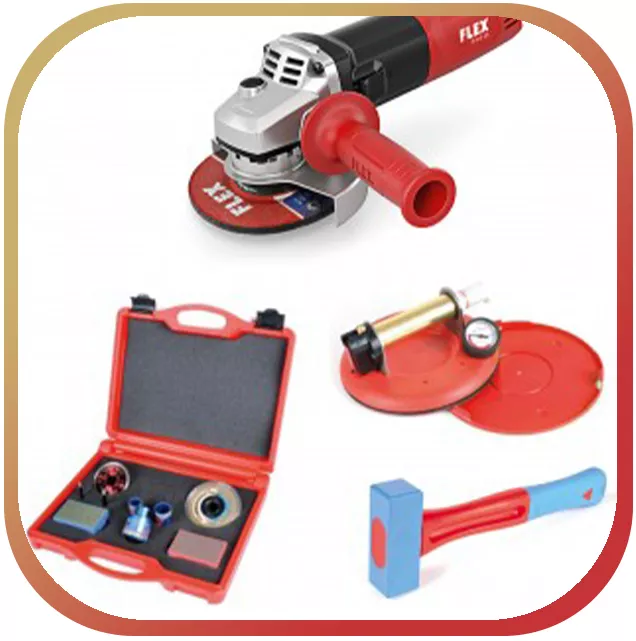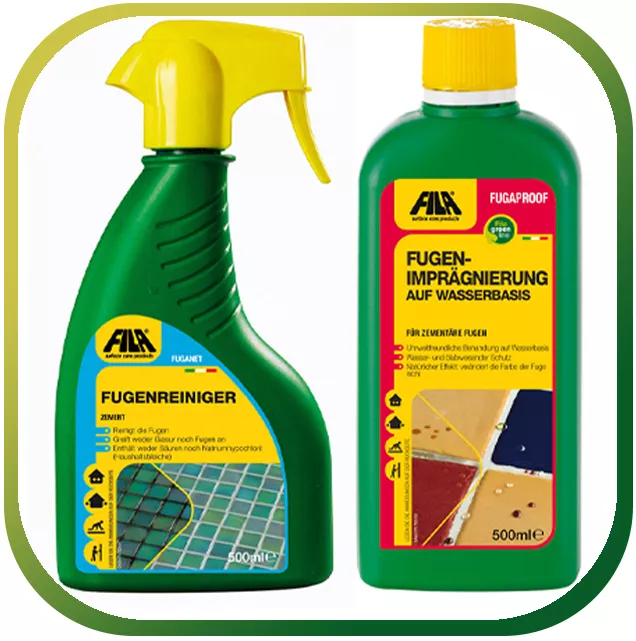Floor balancing is a fundamental element in the field of floor renovation. To ensure that the visual conditions are sufficiently taken into account, some aids can be used, such as a floor profile, a transition rail or a tile profile.
Transition profiles or an existing edge protection combine a perfect finish including optimal edge protection for various tile coverings. Tried and tested systems like those from Schlüter are ideal here. These systems are known for being able to comfortably and safely transfer the loads that occur underground. Because of this, the tile can be protected from damage. If, in this context, a so-called height compensation should be carried out in addition to edge protection, then in principle any height differences can be optimally compensated for by such a transition rail, so that a safe transition can be established. In this way, the risk of dangerous stumbling blocks is minimized or even completely avoided. The structural requirements for age and handicapped-friendly construction can also be complied with in the area of floor leveling.
The variable transition leg for floor leveling
Variable transition legs for floor leveling enable a so-called stepless connection of floor coverings of different heights. Experience has shown that this mainly applies to tiles in the transition to carpeting or the like. At the same time, the adjacent surfaces can be effectively protected. The leg is variable via an adjusted joint so that the height of the floor profile can be adjusted. In this way, the occurrence of tripping hazards is avoided. Above all, the flexible work rails can always be used very well when the areas are confronted with greater loads. The workpieces with the flexible elements can be used primarily in garage and hall entrances. In this context, however, it is recommended that the variable leg is underfilled with a kind of mortar.
The processing of variable transition legs for floor leveling
First of all, you should select an appropriate tile thickness for the tile profile as floor leveling. The tile adhesive must be applied at the point where the tile profile is to be limited. The mostly trapezoidal perforated fastening leg must now be inserted in the Press the following step into the adhesive bed and align for further use. Now the trapezoid-perforated fastening rail has to be completely filled with the tile adhesive. The following tiles must now be flush with the top edge of the profile and laid completely full. A uniform joint must then be ensured on the lateral joint bar. The existing joint space of the tiles in the tile profile is then completely filled with the joint mortar.
Application and function for floor leveling
The product used is a particularly flexible instrument to ensure decorative protection of the existing tile coverings. In this context, this workpiece can also be used for various other covering materials.
Other areas of application include, for example, transitions of different types of documents, edge protection for expansion stages, as well as finishing edges and decorative or clean finishing edges. Existing loads that are later associated with use can be optimally absorbed due to the existing material thicknesses and angular positions of the subsurface. The edge area of the floor profile is effectively protected and protected from damage.
Conclusion: The variable transition rail for a level floor profile
A floor renovation or realignment is a difficult, technical matter. The soil profile is sometimes of different heights in many places. This is where there are stumbling blocks and dangers for the user. To compensate for the different heights and to avoid the risk of tripping, variable transition legs can be used. This ensures barrier-free construction and an age-appropriate alignment of the existing soil profile. Nowadays, these structural requirements are important to be met and should be taken into account. This product is also important in the context of handicapped-accessible building in order to avoid insurmountable ground hurdles and should not be underestimated.
Transition profiles or an existing edge protection combine a perfect finish including optimal edge protection for various tile coverings. Tried and tested systems like those from Schlüter are ideal here. These systems are known for being able to comfortably and safely transfer the loads that occur underground. Because of this, the tile can be protected from damage. If, in this context, a so-called height compensation should be carried out in addition to edge protection, then in principle any height differences can be optimally compensated for by such a transition rail, so that a safe transition can be established. In this way, the risk of dangerous stumbling blocks is minimized or even completely avoided. The structural requirements for age and handicapped-friendly construction can also be complied with in the area of floor leveling.
The variable transition leg for floor leveling
Variable transition legs for floor leveling enable a so-called stepless connection of floor coverings of different heights. Experience has shown that this mainly applies to tiles in the transition to carpeting or the like. At the same time, the adjacent surfaces can be effectively protected. The leg is variable via an adjusted joint so that the height of the floor profile can be adjusted. In this way, the occurrence of tripping hazards is avoided. Above all, the flexible work rails can always be used very well when the areas are confronted with greater loads. The workpieces with the flexible elements can be used primarily in garage and hall entrances. In this context, however, it is recommended that the variable leg is underfilled with a kind of mortar.
The processing of variable transition legs for floor leveling
First of all, you should select an appropriate tile thickness for the tile profile as floor leveling. The tile adhesive must be applied at the point where the tile profile is to be limited. The mostly trapezoidal perforated fastening leg must now be inserted in the Press the following step into the adhesive bed and align for further use. Now the trapezoid-perforated fastening rail has to be completely filled with the tile adhesive. The following tiles must now be flush with the top edge of the profile and laid completely full. A uniform joint must then be ensured on the lateral joint bar. The existing joint space of the tiles in the tile profile is then completely filled with the joint mortar.
Application and function for floor leveling
The product used is a particularly flexible instrument to ensure decorative protection of the existing tile coverings. In this context, this workpiece can also be used for various other covering materials.
Other areas of application include, for example, transitions of different types of documents, edge protection for expansion stages, as well as finishing edges and decorative or clean finishing edges. Existing loads that are later associated with use can be optimally absorbed due to the existing material thicknesses and angular positions of the subsurface. The edge area of the floor profile is effectively protected and protected from damage.
Conclusion: The variable transition rail for a level floor profile
A floor renovation or realignment is a difficult, technical matter. The soil profile is sometimes of different heights in many places. This is where there are stumbling blocks and dangers for the user. To compensate for the different heights and to avoid the risk of tripping, variable transition legs can be used. This ensures barrier-free construction and an age-appropriate alignment of the existing soil profile. Nowadays, these structural requirements are important to be met and should be taken into account. This product is also important in the context of handicapped-accessible building in order to avoid insurmountable ground hurdles and should not be underestimated.

